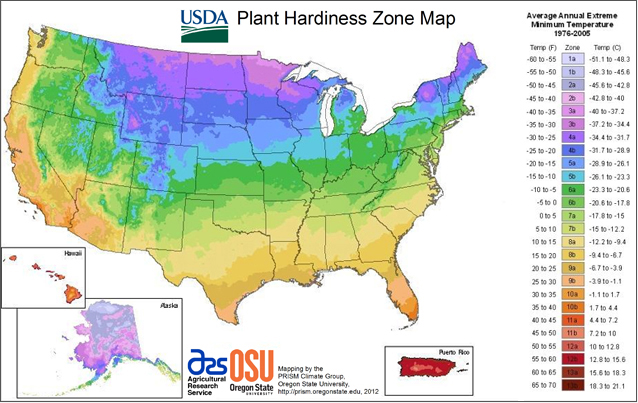Sunflower Seeds - Heirloom Mammoth Grey Stripe - Helianthus annus
- Regular price
- $5.99
- Unit price
- per
-
Helianthus annuus - Non-GMO, Open-Pollinated, Heirloom, Untreated
-
Iconic & Impressive Size: Grow sunflowers that reach towering heights of 10-12 feet, creating a stunning backdrop or living privacy screen.
-
Large, Edible Seeds: Produces massive seed heads packed with large, delicious seeds perfect for roasting, snacking, or sharing with birds.
-
Attracts Pollinators & Birds: A magnet for bees, butterflies, and a feast for songbirds, this plant supports local wildlife.
-
Classic Sunny Blooms: Features the quintessential single, golden-yellow flower with a dark brown center, bringing a cheerful, rustic charm to any garden.
-
Easy to Grow & Hardy: An excellent choice for gardeners of all skill levels, thriving with minimal effort in sunny locations.
-
Versatile Use: Plant in rows for a dramatic effect, along fences, or as a centerpiece in a large garden bed.
-
Ideal for Kids' Gardens: Its fast growth and impressive height make it a rewarding and exciting project for young gardeners.
USDA Hardiness Zones
USDA Hardiness Zones

Planting Tips
Planting Tips






